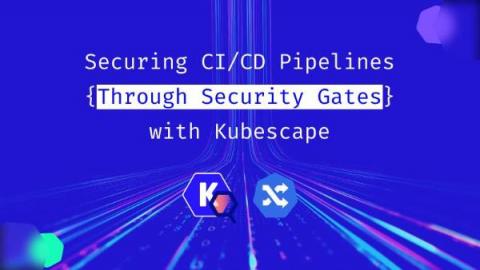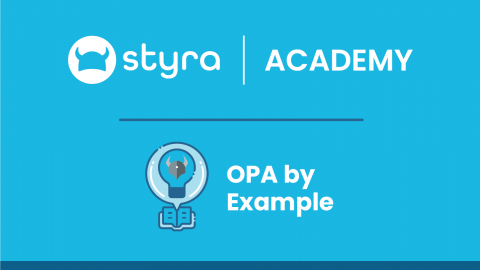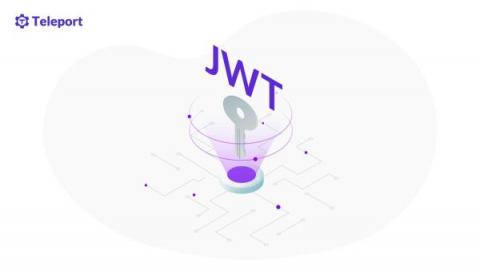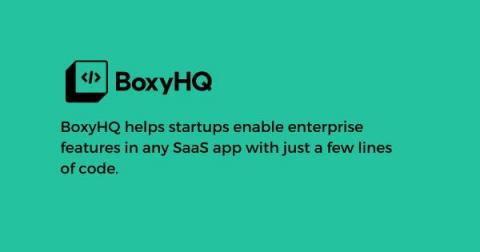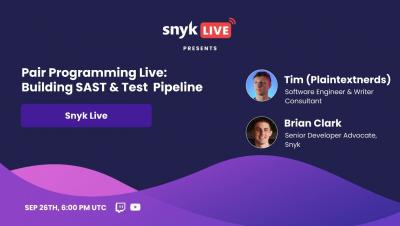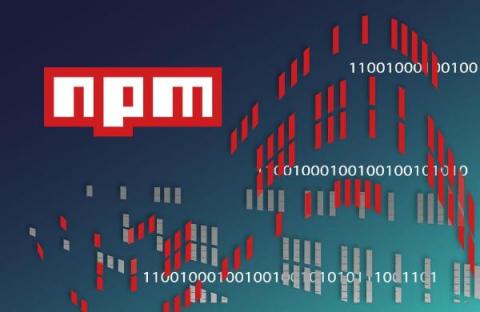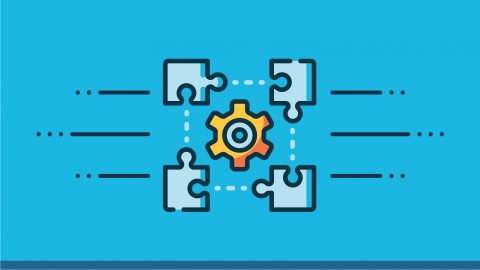Security | Threat Detection | Cyberattacks | DevSecOps | Compliance
DevOps
Stranger Danger: Your Java Attack Surface Just Got Bigger
Securing CI/CD Pipelines Through Security Gates with Kubescape
Learn OPA Policy with Guided Examples in Styra Academy
For many OPA users, they find it best to learn by example. That’s why we’re introducing a new Styra Academy Course, “OPA by Example!” For users that want to deepen their policy and Rego knowledge or better operationalize Open Policy Agent (OPA), this free course provides real-world examples to help you on your way.
What Are JWTs?
JSON web tokens (JWTs) are an open standard for securely transmitting data as a JSON object between parties in a compact and self-contained format. Knowledge of JWTs is important because most modern systems and tools use them for secure, efficient and scalable authorization. Knowing about JWTs will also help you understand how third-party integrations with other software work.
Enterprise-ready SaaS Starter Kit
Enterprise-ready SaaS Starter Kit is a Next.js based SaaS Starter Kit that can save hundreds of development hours while building enterprise-ready SaaS apps. Kickstart your enterprise app development with Next.js SaaS Starter Kit Let's look at some of the enterprise-ready features the SaaS kit offers.
Pair Programming Live: Building SAST & Test Pipeline
Top Five Reasons To Use CloudCasa With Azure
CloudCasa by Catalogic announced the integration with Azure Kubernetes Service (AKS) at KubeCon in Valencia and it has so far received positive feedback from customers. In this episode of TFiR Let’s Talk, Swapnil Bhartiya sits down with Sathya Sankaran, Founder and General Manager, CloudCasa by Catalogic and Sebastian Głąb, CloudCasa Architect, as they give a demo and explain the key reasons to use CloudCasa to protect AKS Applications.
Popular Cryptocurrency Exchange dYdX Has Had Its NPM Account Hacked
San Francisco-based dYdX, a widely used decentralized crypto exchange with roughly $1 billion in daily trades, has had its NPM account hacked in a software supply chain attack that was likely aimed at gaining access to the company’s production systems. The company, founded by ex-Coinbase and Uber engineer Antonio Juliano, dYdX has raised a total of $87 million in funding over 4 rounds and is backed by some powerhouse investors, including Paradigm, a16z, and Polychain. Here is what we know.
The Critical Element Companies Are Missing in Digital Transformation Journeys
Digital transformation is no longer the exclusive domain of forward-thinking companies on the leading edge of technological advancement. It has become a cost of entry into competitive business. Digital transformation was already accelerating into the mainstream prior to the pandemic, but the jarring shift to remote and hybrid work put fuel in the proverbial jetpacks.




